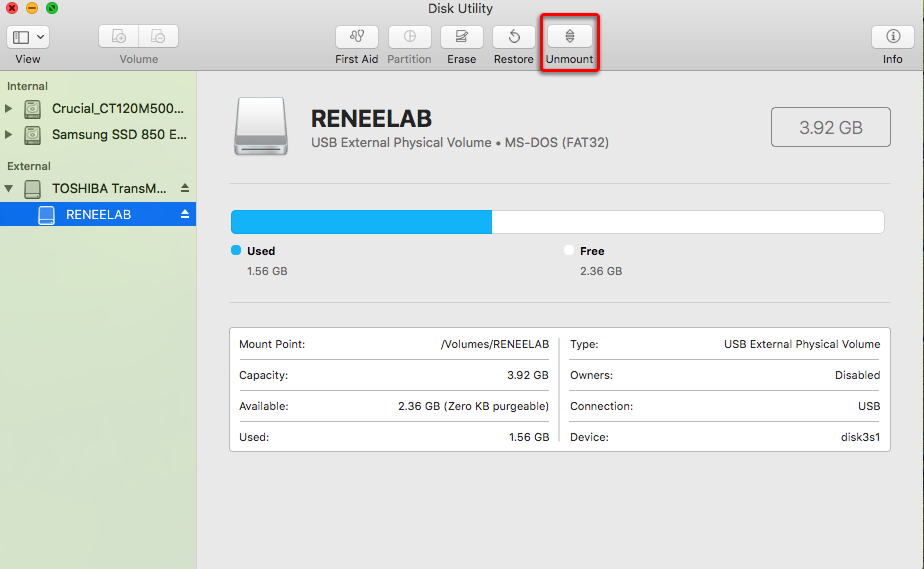

You can request fit-to-fill by specifying a size of 0. (partially set to zeroes) to avoid any undesired interpretation.

In this usage, any old on-disk data at the location of the new partition will be "wiped" Pass a format parameter in the form of % followed by a raw GPT UUID or valid human-readable ioContent string followed by %, If device is a (partition map-bearing) whole disk, then the new partition will automatically be placed last in the map.Īlternatively, you can create a new partition without any formatting by providing the partition type manually. Personality format, with an initial volume name of name, extending for size, in the same manner as the triplet description If device is a partition, then a new partition will be created in the gap that follows it, formatted with the file system The new partition will start immediately beyond the end (start + Programs needing this information must become Disk Arbitration clients.ĪddPartition addPartition device format name sizeĬreate a new partition following an existing partition. However, this output must never be parsed programs should become Disk Arbitration clients instead.įor debugging information, such as the monitoring of applications dissenting (attempting to deny) activities for disks for which they have registered an interest, you must use the logging features of the diskarbitrationd daemon. This can be useful to watch system-wide activity of disks coming on-line or being ejected, volumes on disks being mounted or unmounted, volumes being renamed, etc. SyntaxĮach verb is listed below with its description and individual arguments.Ĭontinuously display system-wide disk manipulation activity as reported by the Disk Arbitration framework until interrupted with a signal (e.g. Disk utilities - Format, Verify, Repair (local disks.) This includes options not available in the Disk utility GUI.


 0 kommentar(er)
0 kommentar(er)
